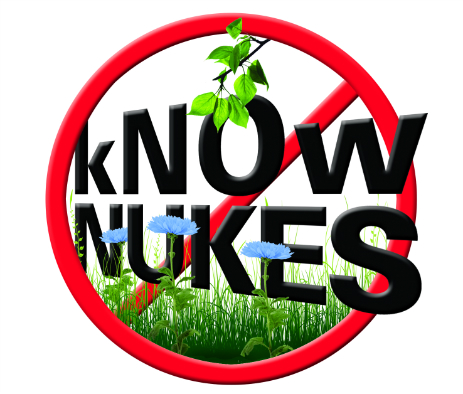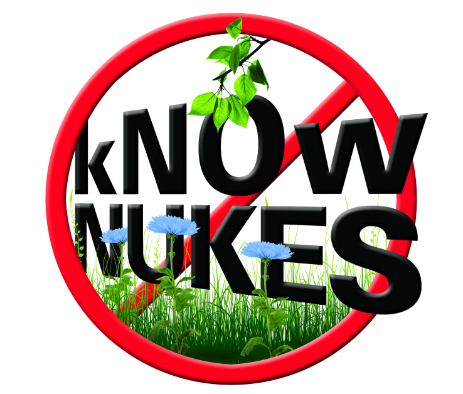 There are 104 commercial nuclear power stations in the United States today, supplying about 20 percent of the nation’s electricity. No new commercial reactors have been licensed here since 1973. And the last commercial plant to come online, Watts Bar in Tennessee, powered up more than a decade ago, in 1996.
There are 104 commercial nuclear power stations in the United States today, supplying about 20 percent of the nation’s electricity. No new commercial reactors have been licensed here since 1973. And the last commercial plant to come online, Watts Bar in Tennessee, powered up more than a decade ago, in 1996.
That all needs to change, says Dr. Shirley Ann Jackson, an M.I.T.-trained theoretical physicist. And her opinions matter, because President Obama recently named Jackson to the newly revived President’s Council of Advisors on Science and Technology.
Jackson was a researcher in the prestigious Bell Laboratories earlier in her career. She chaired the Nuclear Regulatory Commission during the Clinton administration, and now heads Rensselaer Polytechnic Institute.
If the United States is serious about realizing an energy supply that’s invulnerable to geopolitics or price shocks, and also wants to stop global warming, says Jackson, “then you’re talking about having to look at sources of energy that have less of an effect in terms of carbon growth, carbon dioxide emissions.” She believes part of that energy mix must be nuclear power.
“However well we do on energy efficiency, there’s going to be a need for a lot more electricity,” agrees Stephen Tindale, executive director of Greenpeace U.K. from 2001 to 2008. Nuclear power “is a bridge technology” for the next 30 to 40 years, he says. Going nuclear in the medium term would give the world time to build out the capacity of clean energy technologies, while also slashing greenhouse-gas pollution.
Jackson expresses optimism that scientific and technological innovation can help reduce the risks of nuclear power (although she doesn’t suggest when that will be achieved).
Tindale does not: “In the short term, I don’t think there are technological improvements in the performance of nuclear power stations,” he says. “And the spent fuel from the new generation will be as dangerous, and some would argue even more dangerous, than the spent fuel from existing power stations.”
But “there is a case for another generation of nuclear power stations,” he says, “solely based on mitigating climate change.”
Jackson and Tindale will be part of an evening panel this Saturday at the World Science Festival in New York City, exploring whether or not nuclear power can be part of the solution to an ever-hotter planet.
***
Thirty years ago, memories of the oil shocks of the early 1970s were fading, and an anti-nuclear power movement was gaining ground. Then three things happened that dealt U.S. nuclear power a near-TKO.
First, in early March 1979, the movie “The China Syndrome” offered up a gritty, post-Watergate vision of a corporate cover-up of a near-accident at a California nuclear power plant, featuring heroic TV journalists, a Deep Throat-type whistleblower, and corrupt, cynical government regulators.
Less than two weeks later, on March 28, a partial core meltdown at Pennsylvania’s Three Mile Island nuclear power facility terrified the nation.
And in September 1979, a powerhouse array of American rock stars — including The Doobie Brothers, Jackson Browne, Bonnie Raitt, and Bruce Springsteen — united to perform before capacity crowds at the “No Nukes” concerts in New York City. An album and concert documentary followed within a year.
All these factors united to effectively kibosh America’s nuclear power industry. The Nuclear Regulatory Commission (NRC) put nuclear power plant approvals on ice for over a year after the Three Mile Island accident. By the time it was possible once again to propose new nukes, it no longer made economic or public relations sense to try.
Cut to 2009: Even with the economic meltdown, electricity demand is expected to increase over the next four decades in the United States, where around 50 percent of the electricity is generated by coal-fired plants. But burning coal pours millions of tons of climate-disrupting greenhouse gases into the atmosphere, and we now have a president who has put coping with the dangers of climate change high on his list of policy priorities.
With legislation to cap and charge for carbon emissions wending its way through Congress, supported by a popular president and his dream team of green advisers, the business case for coal-fired power is weakening almost by the day. So, should virtually carbon-free nuclear replace coal power?
Jackson professes disinterest in these kinds of politicized scenarios, instead stressing the need to deal with the bigger picture. “What we need is a comprehensive energy security roadmap, a comprehensive strategy. There is no one silver bullet; there has to be a combination of options for addressing our energy needs.”
Jackson, who’s long been an educator, embraces events like the World Science Festival to help solve these energy questions. “We need to build public understanding and support for the range of energy and environmental actions that must be taken,” she says. “[P]rograms like the World Science Festival … contribute to advancing this kind of agenda, because it expands by definition the public dialogue on the issues.”
Tindale has founded a project called Climate Answers, which aims to shift the energy debate “onto what we should be in favor of, rather than what we should be against,” he says. “[It’s] based on the premise that controlling climate change will make us happier, healthier and richer.”
When activists oppose projects like the Yucca Mountain storage facility for spent nuclear fuel, he believes they ought to take a hard look at their priorities. “If they’re doing it on the grounds that they think there’s a better way for storing nuclear fuel, that is reasonable.”
“But if they’re doing it simply because … they don’t want any more nuclear power stations,” says Tindale, “then they have to think very seriously whether it’s better in their view to have spent nuclear fuel, or massive greenhouse-gas emissions from coal-fired power stations?”



